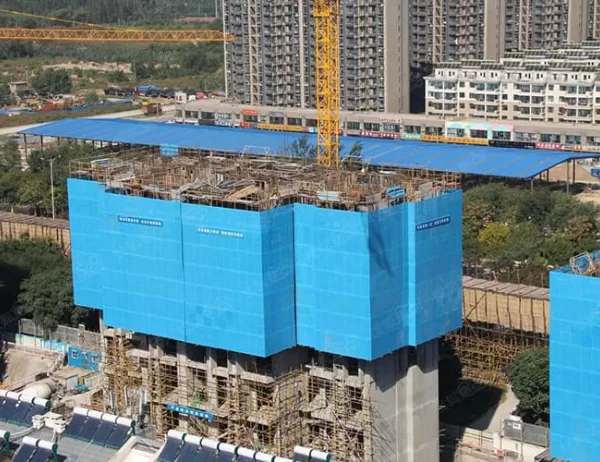The burgeoning solar industry has witnessed tremendous advancements in various aspects, including the design of solar panel frames. Aluminum has emerged as a preferred material for solar panel framing due to its exceptional strength-to-weight ratio, durability, and recyclability. This article delves into the latest innovations in aluminum frame designs for solar panels, highlighting the key advancements that enhance performance and durability.
Enhanced Structural Integrity
Over the years, the focus has shifted towards lighter and more robust aluminum frames. By optimizing the shape and thickness of frame profiles, manufacturers have achieved significant weight savings without compromising structural integrity. Innovative designs incorporate reinforced corners and cross-bracing to ensure panels can withstand extreme weather conditions, such as high winds and heavy snow loads. These advancements result in improved stability, reduced panel deformation, and longer service life.
Improved Panel Ventilation
Proper ventilation is vital for solar panel efficiency and longevity. Aluminum frames designed with optimal air flow channels allow air to circulate freely around the panels, dissipating excess heat and preventing the accumulation of dust and debris. By employing louvered or perforated designs, frames facilitate natural convection and promote efficient cooling of the panels, ensuring optimal performance even in hot and humid environments.
Corrosion Resistance
The harsh outdoor environments where solar panels are often installed necessitate frames with superior corrosion resistance. Aluminum frames undergo rigorous surface treatments, such as anodization or powder coating, to enhance their protective layer. These treatments create a durable barrier that resists moisture, UV radiation, and corrosive elements, prolonging the lifespan of the panels. The enhanced corrosion resistance ensures the frames maintain their structural integrity and aesthetic appeal over many years.
Ease of Installation
Innovation in frame designs has also focused on simplifying the installation process. Quick-connect mechanisms, such as self-locking joints or pre-assembled brackets, enable frames to be assembled and mounted with minimal effort and tools. This not only reduces labor costs but also ensures a secure and reliable connection between panels and mounting structures. Pre-drilled holes and standardized components further streamline the installation process, saving time and resources.
Aesthetic Considerations
In addition to functional requirements, aluminum frame designs now incorporate aesthetic elements to complement the overall appearance of solar installations. Sleek and contemporary designs seamlessly integrate with architectural features, enhancing the visual appeal of homes and businesses. Color customization options allow frames to blend harmoniously with surrounding elements, ensuring a visually pleasing aesthetic.
Sustainability and Recyclability
Sustainability is at the forefront of frame design innovations. Aluminum is highly recyclable, enabling frames to be repurposed at the end of their lifespan, minimizing waste. Furthermore, the use of thin-walled extruded profiles reduces the amount of aluminum required, promoting resource conservation and environmental consciousness.
Innovations in aluminum frame designs for solar panels have significantly improved the performance, durability, installation efficiency, and aesthetic appeal of solar installations. By enhancing structural integrity, improving ventilation, increasing corrosion resistance, simplifying installation, incorporating aesthetic considerations, and prioritizing sustainability, these advancements have paved the way for more efficient and resilient solar systems. As the solar industry continues to evolve, further innovations in frame designs can be expected, driving the development of even more advanced and cost-effective solar solutions.




